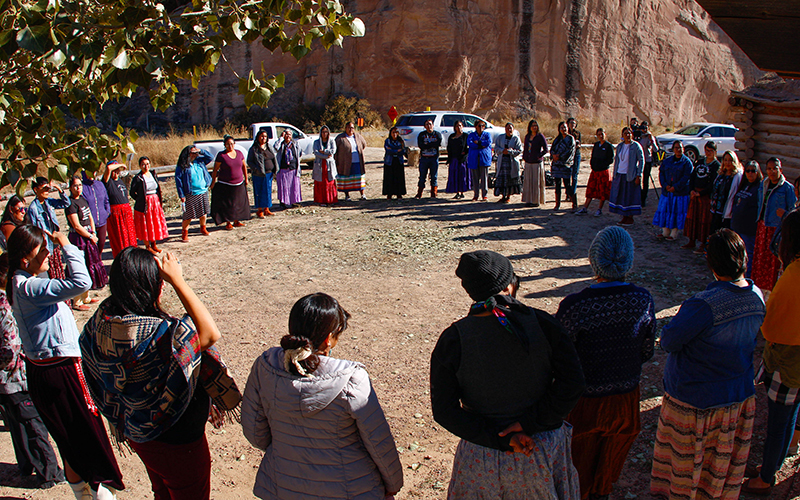
The U.S. maternal mortality rate rose to 16.7 deaths per 100,000 births in 2016, the highest rate of any developing country. (Photo by Ian Hooton/Science Photo Library via Getty)
PHOENIX – Too many women are dying due to complications from pregnancy and childbirth – deaths that should be preventable with the proper intervention and care.
Recent investigations have put a national spotlight on the issue, especially among black women, but Native Americans often are left out of the conversation.
Here are five things to know about maternal mortality, and what Congress and states are doing to address these deaths.
What is maternal mortality?
The U.S. Centers for Disease Control and Prevention defines a pregnancy-related death as the death of a woman while pregnant, or within one year after pregnancy, from any cause related to or aggravated by the pregnancy or its management, but not from accidental or incidental causes.
How big an issue is this in the U.S.?
The U.S. maternal mortality rate rose to 16.7 deaths per 100,000 births in 2016, from 7.2 deaths per 100,000 births in 1987. That’s the highest rate of any developing country. The rates are far higher for black and Native American women.
What’s being done to address this?
At the federal level, President Donald Trump in December 2018 signed the Preventing Maternal Deaths Act, authorizing the Centers for Disease Control to help support maternal mortality review committees (MMRCs) established by states and tribes to collect more data about what’s happening and identify possible solutions. The CDC is providing grant money and other guidance.
Numerous states also have taken steps. According to the Association of State and Territorial Health Officials, Arizona and 12 other states enacted legislation this year to establish maternal mortality review committees or task forces. The other states are Arkansas, Colorado, Idaho, Illinois, Maryland, New Jersey, New Mexico, Nevada, Rhode Island, Oklahoma, Virginia and Washington. MMRCs examine the causes of maternal mortality and provide recommendations for reducing these deaths. Proposals to reduce racial and ethnic disparities usually are part of that work.
What are some of the main causes of maternal deaths?
A CDC review of data from 14 MMRCs, covering the years 2008-17, found 2 out of 3 deaths were preventable. Cardiovascular conditions, hemorrhage, infection, embolism, cardiomyopathy, mental health conditions, and preeclampsia/eclampsia accounted for nearly 75% of pregnancy-related deaths.
When are these deaths occurring?
According to that same CDC report, 24% of deaths occurred during pregnancy, 34% occurred on the day of delivery or within a week after delivery, 19% occurred 7 to 42 days postpartum, and 24% occurred in the later postpartum period (43 to 365 days after giving birth).


